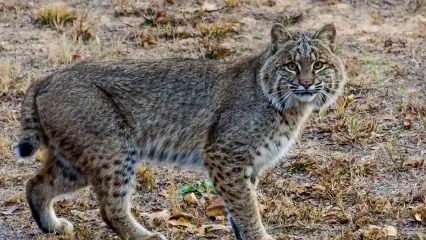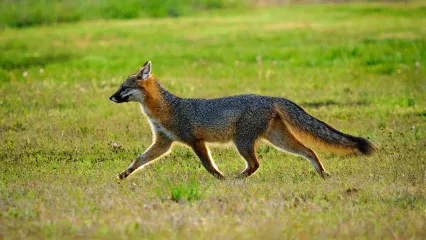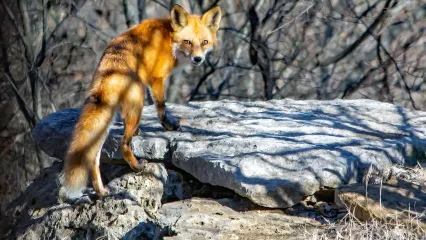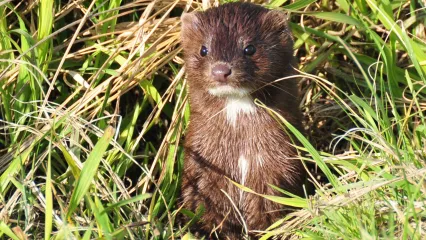
Description
Rarely seen but plentiful in population, the bobcat (Lynx rufus) roams across much of North America. Because of its easy adaptation to a variety of habitats, this species is the most abundant wild cat in the U.S and also has the greatest range of all native cats in North America. Occasionally known as wildcats, this species is seldom seen by humans because of their elusive demeanor. While the species can be active at any time, bobcats are mostly nocturnal predators. There are 12 recognized subspecies of the bobcat that range from southern Canada to northern Mexico, and they claim most of the continental United States as suitable hunting grounds as well.
Named for its stubby, black-tipped bobbed rail, these predators are always spotted to some extent and have a varying coat ranging from beige to brown, light grey or red in color. The cat has a whiskered face, white underbelly, black-tufted ears and distinctive black bars on its forelegs. They are noticeably smaller bur similar in appearance to their cousin, the lynx. Those who are unsure of a bobcat's markings may sometimes mistake it for other animals roaming Oklahoma, such as feral dogs or the much larger mountain lion. While it is a common mistake, a mountain lion can easily be distinguished because it is usually much larger than a bobcat and has a long, cylindrical tail with a dark tip.
This hardy predator frequently dines on rabbits, birds, squirrels, and other small game. While they prefer to hunt small, the bobcats can prey on larger animals as well. Prey selection highly depends on abundance, season, and location. The cat hunts with stealth and patience, often stalking their prey unnoticed before leaping up to 10 feet to pounce on their oblivious meal.
Size
Roughly twice the size of the average house cat. Bobcats are a medium sized cat that ranges from 11 to 30 pounds in weight and 26 to 41 inches in length. Those living in the north are commonly found to be larger than those in the south.
Habitat
The bobcat can be found almost anywhere with woods and water. The highly adaptable bobcat easily survives not only in forests, but in swamplands, deserts and even suburban areas.
Life Cycle
These cats have a 10-12-year average lifespan in the wild and as a solitary animal; most of those years are spent alone. Females are especially territorial and have a territory range of about five square miles with several dens in their area. While females never share that space with other cats, male bobcats usually have territorial space ranging from 25-30 square miles that overlap with other males of the same species. Territories are established through the use of several different methods to distinguish boundaries such as claw marks or a scent spray found on leaning trees, logs, stumps and shelter rocks.
Mating season for bobcats is most common in the late winter, but can happen at any point in the year. The gestational period for bobcats is 50-70 days, with most births occurring in the early spring. The female raises her liner of one to six kittens in a secluded den, such as a cave or rock shelter, on her own. At around two months the kittens begin eating solid food and later learn to hunt at about five months. Finally, at around 8 to 11 months. the kittens are evicted from their mother's territory to find their own turf to claim as their own.


